Steps to engage new subscribers with welcome emails
- Determine your email’s purpose
- Craft your copy
- Include your CTA
- Write your email subject line
- Incorporate your branding
- Have your email ready to go
When one of your audience members signs up for your email newsletter, a subscription, or another offer, you have a unique chance to connect with that person right away.
The welcome email that you send to new users or new customers serves many important purposes. It can lead to sales and start building a valuable relationship with your email subscribers. Since this email is your chance to make a first impression, it’s important to take the time to craft a quality welcome email that will perform well.
Taking the time to create a great welcome email can have a direct effect on your email campaigns — and your conversion rate.
Why welcome emails matter
The first email that you send to new subscribers and customers is, in many ways, the most important. Welcome emails are your chance to engage and connect with your subscribers. This initial email serves not only as a welcome message, but also as an onboarding step that integrates your subscribers into your broader email marketing strategy.
It’s also your chance to encourage your subscribers to take action, whether that’s to complete a profile, log into their account, complete a certain task, or even make a purchase. A well-crafted welcome email can lead to a higher conversion rate, but it also sets the tone for your future communications with your subscribers and customers. It can build trust and get your customers excited about receiving future emails from you.
Determine your email’s purpose
Your welcome email might be part of a larger email sequence, but it’s important to put plenty of thought into the purpose of this first message.
What action do you want subscribers to take after reading the email? You might want them to make their first purchase, learn more about your brand story, sign up to receive a lead magnet, or take advantage of a coupon or discount code. Outlining these actions will inform how you design your email.
Craft your copy
Your email copy should be brief, to the point, and reflective of your brand’s voice. Focus on making your message personal — and be sure to include the recipient’s name. The more that you can segment your email subscription lists, the more easily you can tailor your emails to the recipient’s interests.
Don’t be afraid to take a different approach to your welcome email than other brands do. While reading sign-up email examples might give you some inspiration, ultimately your email needs to be unique to your business.
If your brand’s tone is fun and lighthearted, then crack some jokes and get creative. Some of the most memorable welcome emails are those with the most unique and unexpected content.
Include your CTA
Be sure to include a clear call to action, or CTA, within your email content. It’s often best to include a CTA button that catches the reader’s attention and looks clickable — giving it a bright color can help. That CTA button eliminates any uncertainty about what action a reader should take, and it automatically guides readers through the next part of the process, whether that’s accessing additional information or making a purchase.
Double-check that your CTA button’s link works and that what you’re asking your subscribers to do is simple and easy. Test any forms or checkout processes that your subscribers will encounter and make sure that the customer experience will be smooth.
Write your email subject line
Your welcome email subject line can affect your email open rate, and it’s important to take time to perfect it. Your subject line needs to be clear and to the point, but it also needs to be exciting enough to prompt recipients to open the email. You might refer to what’s in the email — like an entry to a contest or a coupon code — to incentivize recipients to open it.
Incorporate your branding
Like all of your other marketing materials, your welcome email needs to reflect your branding. A recipient should be able to tell at a glance which company sent the email. Make sure that you customize the email with your business logo as well as with your branding colors.
Have your email ready to go
Using an email marketing platform lets you set up your welcome email and have it all ready to go, and that can ensure its success. You’ll need to be able to send that welcome email out promptly after a subscriber signs up for a service, creates an account, or makes a purchase.
If your email contains a coupon code, having that coupon at the ready could prompt subscribers to make additional purchases. You don’t want to leave them waiting for your welcome email, which could potentially cost you additional sales.
Developing a great welcome email takes time, so be sure to start working on yours well before you need it. This first step in your email marketing campaigns gives you an invaluable opportunity to get new customers excited about and invested in your business.
Photo by Anna Shvets




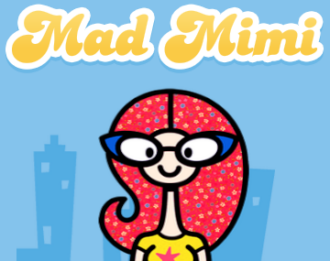




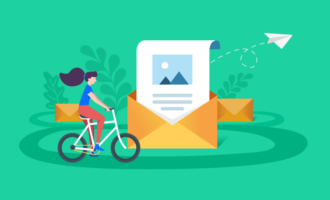







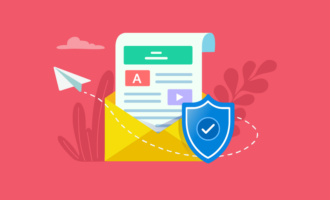




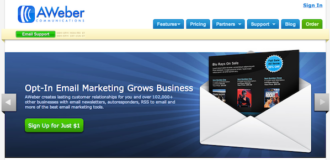



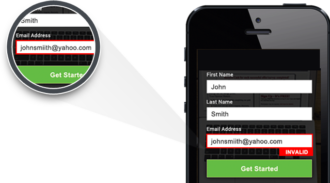
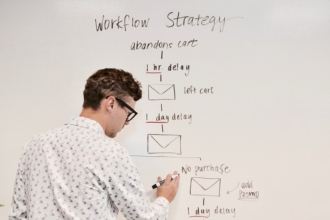




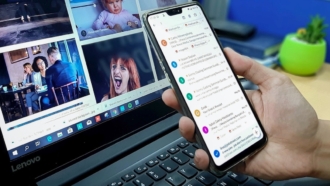









Send Comment: